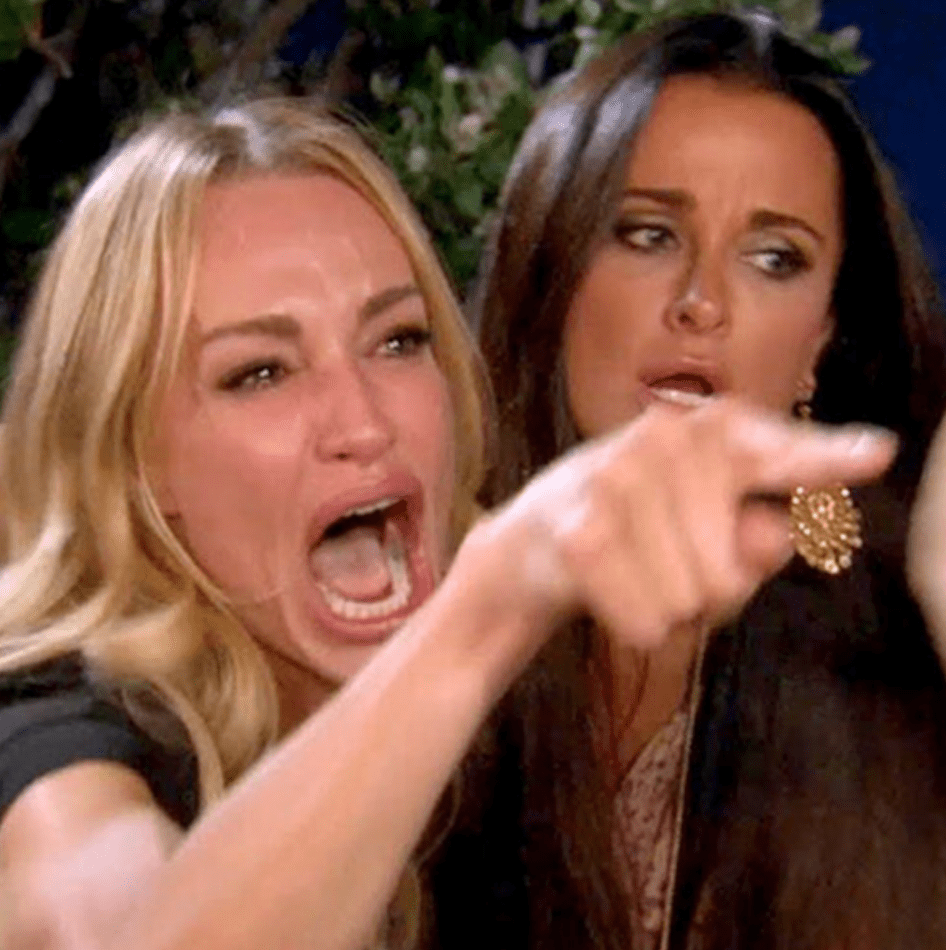
An analysis of the representation of Women in Reality TV, and the “Villain Edit.”
Since the dawn of the 21st Century, Reality TV has become a regular occurrence on screens and can cater to all kinds of audiences all over the globe. Reality shows, in all their formats, have become part of the modern entertainment experience, and are very profitable for production companies, and have made ‘celebrities’ of contestants.
When a show has a clear dynamic between the characters and a story progression, people will want to keep watching it. Reality TV is no exception to this rule. If there isn’t drama and an interesting cast, no one will want to watch, and the producers won’t make money. In order to maintain interest; drama is created and editing is used to push a narrative. From building off what the participants (consciously, or not) have given them to drive a story, in order to keep audiences coming back.
When a participant is edited in a way that positions them as the antagonist of the show, it is referred to as “the Villain edit.” This is done by editing teams through selectively choosing how footage of someone is presented to the audience. After the show has aired, reputations have the potential to be damaged, as the public were driven to believe that this person acted like that intentionally. Very few people enter a reality show anticipating being shown in a negative light.
It is important to ask what person is most likely to be cast as a “Villain.” Shows have been regularly accused of utilising a “Villain edit”, like all versions (American as well as International) of The Bachelor and The Bachelorette, wherein footage that did not serve the producers intentions was left out of the final cut, or contestants were provoked by production to say something negative (Elle, 2017). As a result, often those who have been given the villain edit are more likely to be targeted for harassment on social media by a public that hasn’t thought beyond what they saw on TV.
When looking at the perception women in reality TV, it does feel more like the villain edit would be easier to create and run, especially in reality shows that are based on competition for love or money, or in shows centred around the “real lives” of people in different social classes (particularly wealthy women). Often the portrayal of women on reality TV feeds into the narrative of women being in competition with each other, or that women are at home when participating in gossip and bitchy behaviour.
Girls, who already face a filtered media landscape, may be more susceptible to picking up what the editors have put on the screens. Wherein every detail is chosen with intention, which can vary: for advertising, or to push a narrative. It is already well known in modern media and advertising that certain editing of women does reinforce an unrealistic standard of beauty. According to a 2011 study by the Girl Scouts Research Institute, found that girls (between the ages of 11 and 17) who regularly consumed reality TV were more likely to “accept and expect a higher level of drama, aggression and bullying in their lives.”
However, this does not mean that there should be a petition for reality TV production to go through a gender-friendly overhaul to complete blunt transparency. The responsibility should lie in the viewer, who should use the ability to critically analyse what is being put in front of them, and understand why someone would be edited like that. In a way, the power should be taken back to the viewer.
When watching reality TV, a girl can be clever, and look at the imagery and music being shown to them; and figure out what the production team is wanting her to feel about a person, and know when not to take something literally. Not everything shown on TV, reality or not, should be taken as fact.
-Emily Rawle
Junior Girl
Girl Museum Inc.
